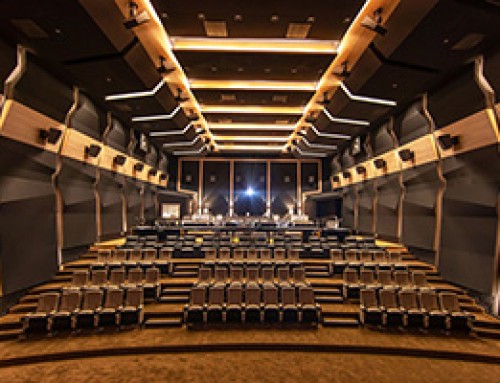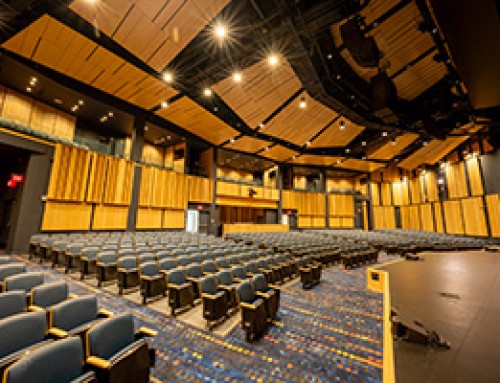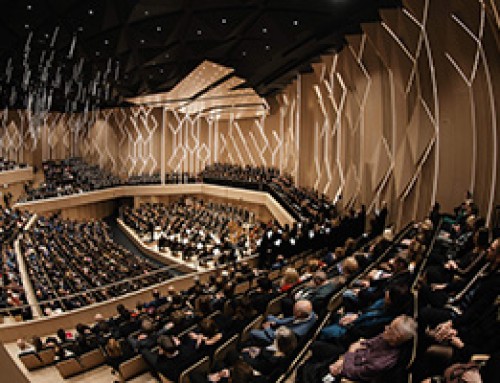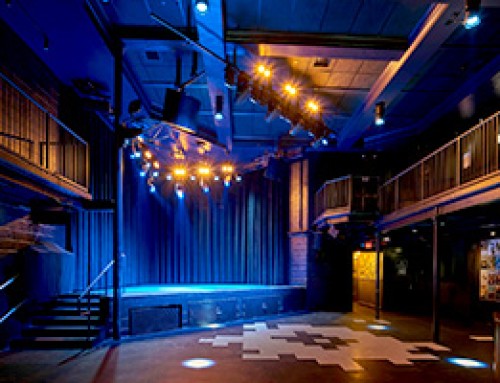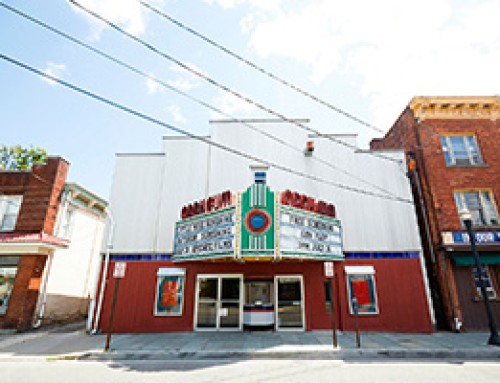It doesn’t matter how stirring the sermon is if no one can hear it clearly. This, in a nutshell, is why good acoustical design is so important for houses of worship.
“Acoustical design is the art and science of making an environment sound good and avoiding it sounding bad,” said Nick Colleran, Vice-President of Acoustics First Corporation. “The second point is often the first priority if there are concerns such as neighbor noise or outside traffic sounds that may be penetrating the walls. Conversely, a high energy service should not disturb the neighborhood.”
The Science of Acoustical Design
Ensuring that the sermon and musical performances can be heard and understood anywhere in church is the heart of good acoustical design. Although art is involved in the process – typically in the form of an experienced audio technician who knows what works and what doesn’t – the basis of good design is firmly rooted in science.
To be specific, “Requirements for achieving precise acoustic designs include determining suitable Reverberation Time (aka echoes), enhancing the optimal sound reflection quality, controlling loudness and quietness levels, and resolving sound isolation issues for spaces that require absolute quietness,” said Sergio Molho, Partner/Director of Business Development with Walters-Storyk Design Group (WSDG). “These measurements are achieved by engaging sophisticated acoustic measurement technology, data-collection and analysis software and state-of-the-art visualization tools to determine and optimize existing acoustical conditions in time and frequency domains including RT60 Reverberation Times, Transmission Loss, STI Speech Intelligibility Assessments, SPL (Sound Pressure Level) distribution, Background Noise Levels and many other parameters.”
Why Acoustical Design Matters in Houses of Worship
Whether it is in carrying the soaring voice of an inspiring preacher, the body-filling chords of a full choir and pipe organ, or the concert hall experience of a contemporary musical group, a house of worship’s acoustical environment is key to communicating the Word directly and effectively to the congregation. This is why the effective acoustical design of these spaces is so important.
“Churches, synagogues and other houses of worship are uniquely designed to inspire, inform and console worshippers,” Molho told TFWM. “A pastor’s voice must be fully intelligible to their flocks. If their words are indistinct, they will frustrate the congregation and fail in their mission.”
“Concerns for speech intelligibility — understanding the sermon — is as necessary to its purpose as it is to a clear public safety message of impending danger,” added Colleran. “Artistically, a traditional choir benefits from a pleasant rather than harsh, acoustical environment that enhances the performance rather than detracting from it and having folks looking at their watches. High energy praise and worship should be controlled so as not to excite the physical structure and color the sound with annoying ‘slap-back’ echoes. In addition a well-designed acoustical space allows a sound system to function properly and usually cost less.”
Acoustical Design and Treatment Options
In a perfect world, a professional acoustical consultant would be called in before a house of worship is built. They would be able to review the building plans to spot and remedy architectural acoustical errors before construction actually began.
In the real world, acoustical experts are usually called in once the house of worship exists and audio problems have been experienced. Once the experts have determined the roots of the problems – Excess reverberation? Dead zones? Outside noise coming in? – solutions in the form of interior ‘acoustic treatments’ can be applied.
“Interior acoustical floor, wall, and ceiling surfaces are available in a wide range of materials and price points,” Molho said. “They include options include perforated, slotted, fabric covered, foam-based, plastic, wood, glass, metal or gypsum treatments in a wide array of aesthetic finishes. These acoustic treatments can be totally invisible or installed as attractive embellishments to the worship space’s interior design.”
“Overall acoustical fabric-covered, fiberglass wall panels are usually the best choice for reverberation control,” Colleran noted. “Some spaces can benefit from highly effective ceiling baffles. Standing waves can be controlled by sound diffusors without destroying the ‘life’ in a room sound. Other sound diffusers can be used to control low bass frequencies or ‘room boom’. There are also recently-developed wall panels that target low frequencies while having little effect in the upper sound ranges.”
That’s not all: “Custom acoustic doors and window treatments can be installed to inhibit noise from ‘leaking’ into a quiet chapel or to isolate amplified sound from classrooms, lectures or solemn gatherings,” said Molho. “Challenging acoustic noise emanating from loud HVAC installations can be ameliorated by the selection of quiet systems at the design phase, or by the replacement of existing systems during facility upgrades.”
Get Help from the Pros
There are a number of areas such as video cameras and online streaming where houses of worship can cobble together solutions that will work on a basic level. But this is not true when it comes to acoustical design: Without the proper acoustic measurements and appropriate treatments, fixing issues such as dead zones, unintelligible speech, and excessive reverb will come down to guesswork.
For instance, just adding more speakers and a bigger amplifier may allow sound to travel more effectively to more parts of the building. But the level of reverb/echoes will likely go up as well due to the increase in sound wave intensity.
This is why it makes sense to call an acoustical expert for help, whether at the design phase or after the house of worship has been built.
WSDG has 50 years’ experience in acoustical design for new and built structures. “Our house of worship design credentials range from Igreja Batista Central in Belo Horizonte, Brazil to NYC’s Central Synagogue, Fargo ND’s recently completed First Lutheran Church, Switzerland’s Church Le Noirmont, Argentina’s Iglesia Los Olivos, Young Israel Temple in Miami and Crossroads Tabernacle in the Bronx,” Molho said.
Meanwhile, “as a material manufacturer and supplier, we at Acoustics First often give a proposed design a once-over look to alert a church to any significant design errors and/or provide suggestions,” said Colleran.
The Takeaway: Good Acoustical Design is a Must
No matter how large or small a house of worship may be, it can only benefit from proper acoustical design. “Improved speech intelligibility will enhance the comprehension and appreciation of sermons and church-event announcements,” Molho explained. “Parishioners will leave services with a deeper sense of the presence of God and the meanings of messages imparted to them.”



